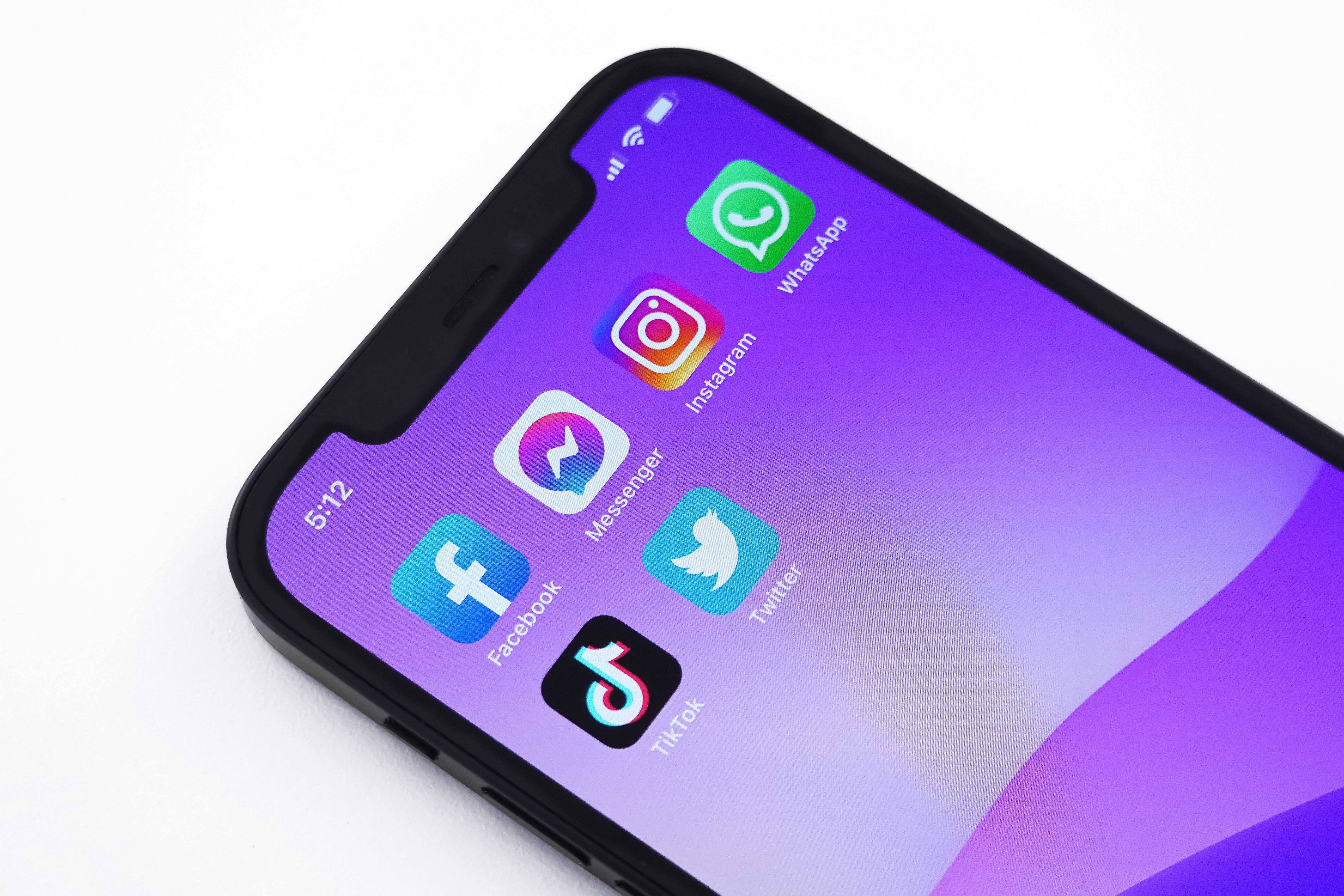TikTok is not a social network, stop defining it that way

Without thinking, we categorized TikTok as social media, but it is far from being social. What is it? A great and powerful content distribution platform.
So many new platforms in the past decade have been defined as social media. Web 2.0 (remember that?). Where people go to connect, share experiences and stay connected to one another.
TikTok seemed to be that at first. But is it really?
When you start thinking about it, when was the last time you went to the comments section on TikTok to actually engage with the community? Do you like because you want other people (or the person publishing the clip) to know you “agree” and “like” or because you know that by doing so you are telling the algorithm to send you more content like that?
This last part is fascinating. We know how algorithms work and we know how to work with them. My 72-year-old mother was telling us how she watches what she clicks on when browsing her Instagram feed as she knows very well that if she dares look at an alligator post for too long she will be targeted with even more alligators within minutes. She knows how to work the algorithm. And really, who wants alligators in their feeds?
And we “work” TikTok with exactly that in mind. Liking on the platform isn’t destined to the content creator, it is destined to the algorithm.
So in the end, what is social about TikTok? Not much.
And if it is not social media, what is it?
What is TikTok?
By its nature, TikTok is a content distribution platform, where content creators and brands distribute short-form video content. Its algorithm then queues this video content to users, each with a personalized selection based on their past behaviour.
This is where the definition ends.
No community-building per se. Nothing much social about it.
TikTok is a content distribution engine
In the end, the platform is an amazing video distribution engine, with a growing audience across the world. This audience is also spending more and more time watching these videos and by their own behaviour, informing the algorithm what they would like to see next, to see more, to watch in the future.
This can mean great opportunities for brands.
There is of course the question of ad-supported content distribution on TikTok, but a brand can also see it as a great brand storytelling opportunity.
Telling your story through short-form videos, producing short, impactful messages that align with who you are, telling stories about what your brand stands for, these are all possibilities that TikTok enables.
Produce good films that people will engage with (by watching, liking), these will be signals that your brand is worthy of being queued in users’ feeds.
There are challenges though.
By definition you have to have great content to obtain reach. You can’t really game it.
But by defining TikTok as a content distribution engine for your brand’s stories is a great way to frame the platform’s potential for your brand storytelling initiatives.
Leroyson Figueira, from agency 160over90, tells this story very well in a The Drum article, a worthy read to also share and discuss around the water cooler in your organizations.
So, what will you do with TikTok if you reframe the way it is perceived?



